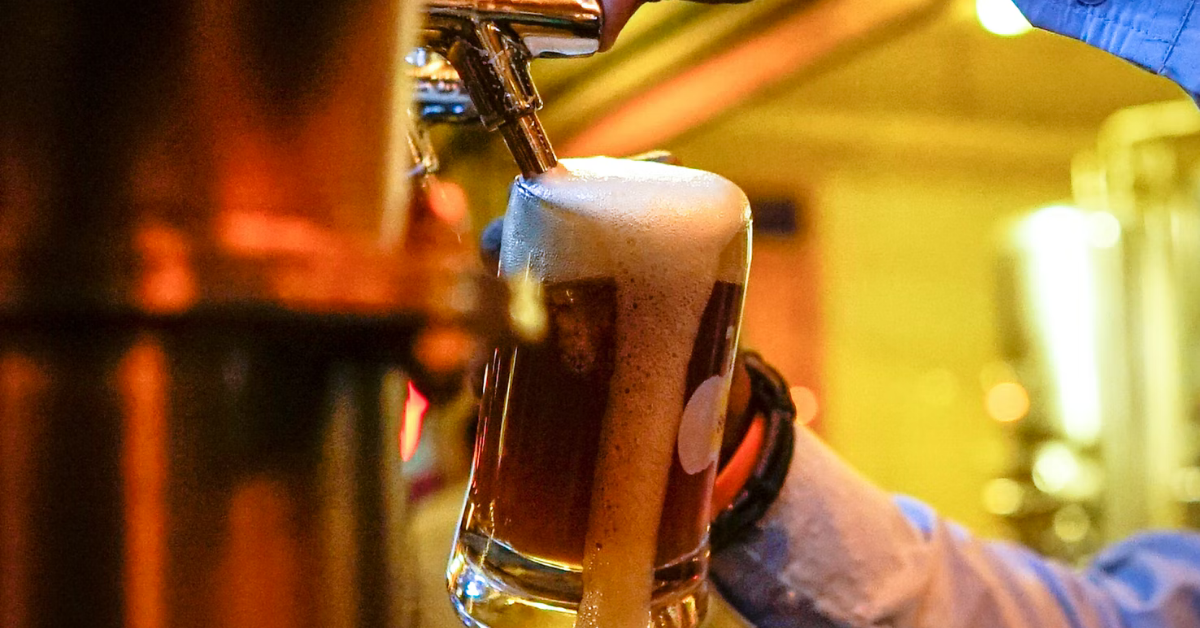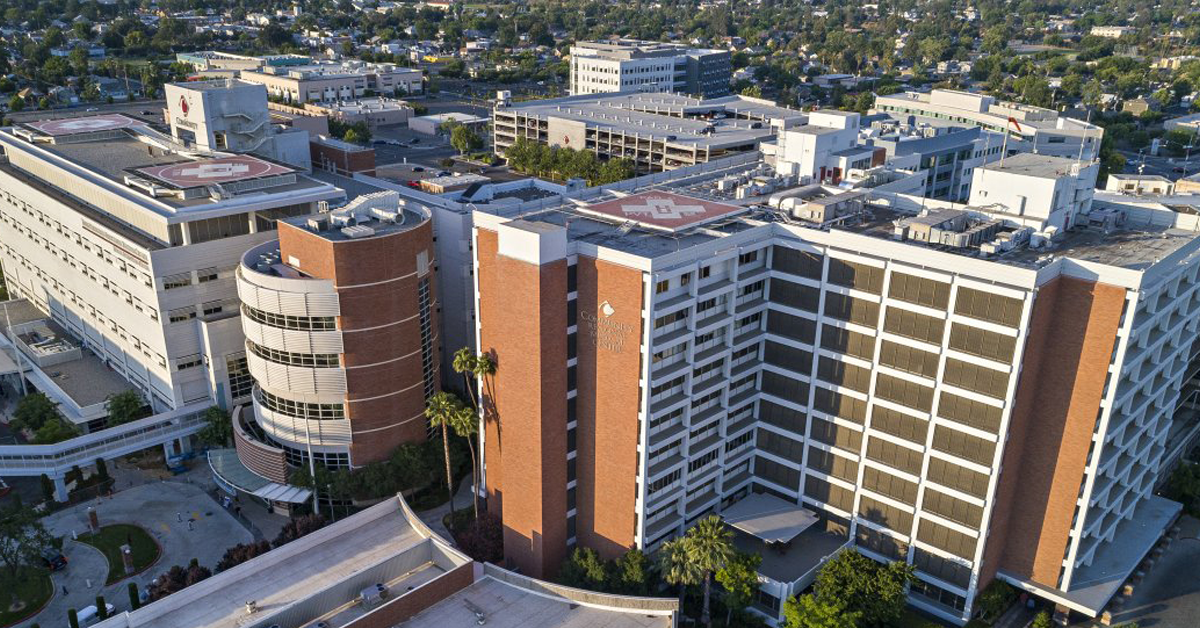Before we circle back to Charlie Waters, Eddie Jimenez and Campaign 2016, let’s take a brief look at the next 14 years.
The 12,500-seat stadium was overflowing with fans when it opened on May 1, 2002.
I met with interim City Manager Souza in the summer of 2002 to do a story on the formula for paying the stadium debt. Revenues in certain areas were already falling short, especially parking.
In essence, I learned that the original formula was, shall we say, a ploy to make the $3.5 million annual bill more bearable for a public that desperately wanted the stadium. There were really just two parts to the formula – the Grizzlies rent, with the general fund covering the rest of the bill.
The stadium never became a legitimate venue for anything other than pro baseball.
The Fresno Diamond Group sold the Grizzlies to the Fresno Baseball Club in 2005. The latter made good on a promise made at the Oct. 17, 2000 council meeting – the stadium could land a lucrative naming rights deal. The Chukchansi tribe of Madera County signed a $16 million, 15-year contract.
The lease has been restructured several times. The Grizzlies now pay about $750,000 a year in rent.
So, the numbers look like this:
On Oct. 17, 2000, City Hall insiders knew in their heart of hearts that the city would pay $2 million of the annual $3.5 million bond bill from the general fund. This was a general fund of roughly $158 million.
In February 2016, City Hall knows it will pay roughly $2.75 million of the annual $3.5 million bond bill from the general fund. This is a general fund of roughly $300 million.
In other words, the betrayal (if that’s the correct term) of the original promise to Fresno amounts to about $750,000 a year – about 1/400th of the current general fund.
When July 1, 2016 comes, three weeks or so after the June primary, Fresno will be halfway through the 30-year stadium bond debt.
Alan Autry’s two terms as mayor were full of financial gambles. This was partly because the federal government, shaken by the dom.com bust, created a financial boon based on a housing bubble. Money flooded into city coffers.
City leaders weren’t the only people in America to think the gravy train would go on forever. City Hall prior to the Great Recession took on a lot of long-term debt to spur all types of community revitalization. Perea, who left the council in January 2003, was there for only part of this spending spree.
The Great Recession hit with full force soon after Ashley Swearengin succeeded Autry in January 2009. District 6’s Brand came on board at the same time.
All that debt, including bonds for a stadium whose transformative power proved to be less than formidable, weighed heavily on policymakers. Decisions made with noble intentions from 2000 through 2008 were harshly criticized beginning in 2009 by a new army of leaders.
City Hall in the heady days of the stadium drama thought first and foremost of action.
City Hall after the party was over thought first and foremost of restraint.
Then something happened. The Wheel of Fortune turned yet again.
By mid-2015, Swearengin was acting as feisty as “Bubba” Autry in his heyday. The Great Recession was gone. Revenues were up. Work on the bullet train (to include a beautiful Downtown station near Tulare and H streets) was picking up. The opening of Fulton Street (goodbye, decrepit Fulton Mall) to cars was all but guaranteed. A developer appeared on the verge of actually doing something constructive with the Hotel Fresno building. The Mural District was wall-to-wall modern apartments, thanks to Granville Homes and the dying gasp of the RDA. The 2035 general plan, with its focus on inner-city rebirth, was firmly in place.
And all across this triangular-shaped Downtown of California’s fifth biggest city, you saw other things. You saw modern parking lots. You saw a multi-story parking garage at the Convention Center. You saw a Convention Center with outside management (SMG) still trucking along. You saw a new federal courthouse. You saw aging but still distinctive streetscapes.
And you saw a $46 million baseball stadium filling half a city block that, in the last third of the 20th century, was largely blight. It was a baseball stadium that, by the end of 2015, was home to the best Triple A team in America (a Houston Astros affiliate by this time).
Maybe the Downtown stadium wasn’t such a bad idea, after all. I don’t know. That’s what Campaign 2016 will decide.
We’ll find out if Bredefeld campaigns hard on the wisdom of the stadium. We’ll find if Perea does the same thing. We’ll find out if Brand rips Perea for his stadium vote. We’ll find out if Spees says he would have done things differently if he’d run for mayor in 2004 (as he hinted at the time) and won.
Swearengin has already endorsed Bredefeld in the District 6 race. It’s a safe bet that she sees immense value in the October 2000 and May 2001 stadium votes.
It’s also a safe bet that Brand would love to have Swearengin’s endorsement. But how is that possible if Brand publicly rips Perea for the stadium vote? By endorsing Bredefeld, hasn’t Swearengin already given a boost to Perea?
It was Henry T. Perea, the supervisor’s son, that Swearengin beat in the bitter 2008 mayoral election. What a strange turn of events we’re seeing.
I know I’ve written a great deal about the stadium. To write long is my habit. But I do so consciously with Charlie Waters in mind.
Charlie was executive editor of The Bee for a number of years. He died at age 66 in 2014.
Charlie was a superb boss and journalist. He took risks to produce excellent reporting.
I think back to fall 2000. McEwen, Jim Wasserman and myself were working on Sunday profiles of Autry and Whitehurst.
I was a writer on the Whitehurst piece. The Bee’s clip files were full of stories about dramatic battles during his 10 years as council member and mayor in the 1970s and 1980s. I recounted the bloody details from a half dozen major fights. That made a long story even longer.
“Too much,” Charlie told me. Twenty-five hundred words of Fresno political history were cut in an instant to about 250.
No reader ever complained to me.
My point: If you’ve waded this far, then you’ve seen how complex the stadium issue really is. It’s not a sound-bite item.
“Stadium debt meant fewer cops!”
“Stadium is Downtown’s springboard!”
That says nothing to a voter. And no voter will wade through my 5,700 words.
All of which tells me this year’s mayoral and District 6 candidates will be mighty careful how they tackle the stadium issue. They’ll sense the wisdom of Charlie Waters and move on to something easier to digest.
There’s another reason I think the candidates will be careful. His name is Eddie Jimenez.
Eddie and I worked together at The Bee for a quarter-century. Eddie was a great reporter. He has moved on to another career.
Eddie also is a huge baseball fan. One spring day, while the stadium issue was still in doubt, Eddie came by my newsroom desk at lunchtime.
“Want to come, George?”
“Where you headed?”
“A bunch of us are going to eat lunch at Tulare and H. Today is opening day. We’re going to pretend Fresno has a stadium and there’s a game.”
I didn’t go, but I loved Eddie’s attitude. I could picture him on the sidewalk, sitting in a lawn chair, sandwich in one hand, soft drink in the other, booing the visiting team’s pitcher, cheering the Grizzlies’ leadoff batter, giving a jeer or two to questionable umpiring decisions.
My co-workers were channeling Randall McMurphy to protest the faceless Nurse Ratched who was preventing a real stadium and real baseball teams from coming to downtown Fresno.
My point here isn’t to turn Eddie Jimenez into a political figure. Eddie doesn’t live in Fresno. He lives in Reedley.
My point is to remind everyone during this election season that lots of Fresnans some 16 years ago were like Eddie and my adventurous co-workers eating and cheering on that sidewalk.
They wanted a swift but wise investment that would deliver a common American urban amenity. It’s called a baseball stadium.
I pity the candidate who makes fun of such desire.








